In an exciting development for creative innovation, Jefferson’s Creativity Core Curriculum, directed by Professor Maribeth Kradel-Weitzel, received a Faculty Research Grant with the desire to have a creativity-focused museum on campus. The “Mapping Creativity on the East Falls Campus” grant emphasized the importance of understanding our institutional heritage to inspire future innovation. Its core mission is to research and document historical and contemporary creative achievements across all disciplines at Thomas Jefferson University’s East Falls campus, from its founding to the present. In Fall 2024, Professor Renee Walker, a co-PI on the grant, developed the special elective course, Creative Mapping, to house the project. After studying various forms of mapping, students broke into teams to gather a dataset on creative acts occurring on the East Falls campus through interviews, archival visits, and Jefferson news sources, to provide inspiration and connect cross-disciplinary creative achievements that may have been lost to time.
“My research in the Design Center’s archive provided valuable insights into Jefferson’s history. Upon examining the extensive collection of preserved student work from various decades, I observed the progression of Jefferson’s creative development. Some pieces dated back to the 1920s, each telling its own story of creativity and innovation. Additionally, through interviews with faculty members across four disciplines, I gained insights into the diverse manifestations of creativity throughout the university.”
—Joelle Klouda, Visual Communication Design major
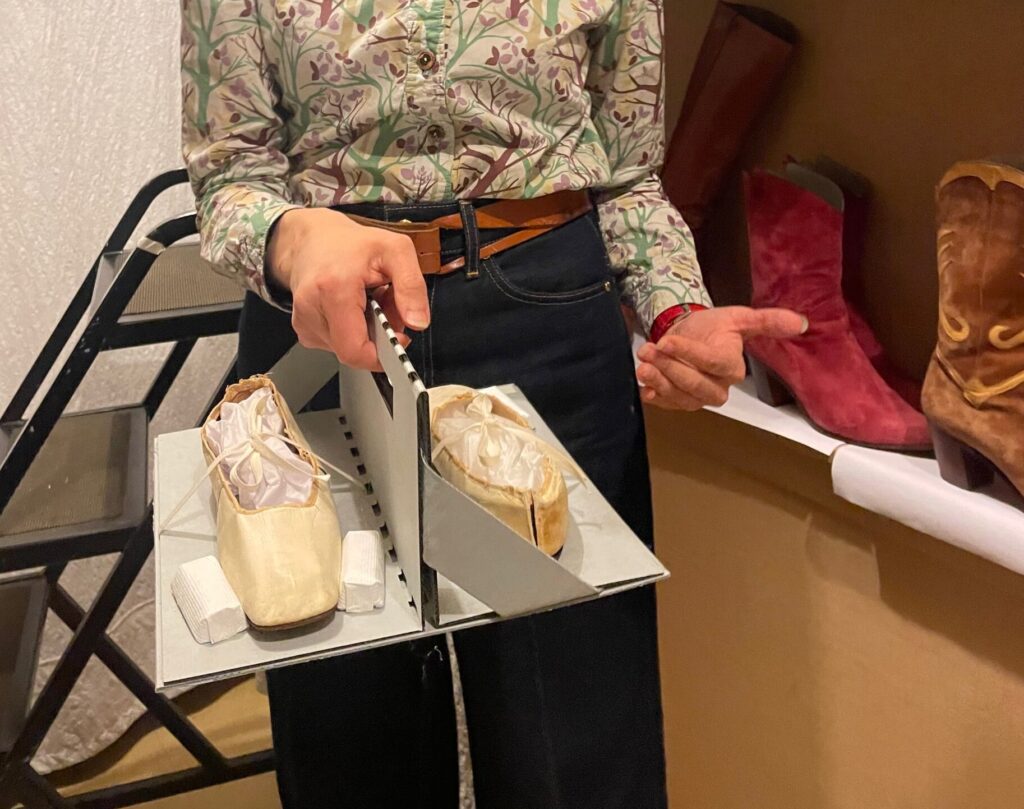
Anna Leonard, Emma Prushan, Hanna Zelcer, and Annika Zitto (Team 1) developed an interactive website based on clustered bubble chart visualization. While developing their research, they discovered that campus creative projects share common goals and emphasize results. They also discovered two distinct target groups: 1) specific users seeking something defined and 2) exploratory users. The design transformed significantly from nested circles to a more effective clustered bubble chart during development. The group also designed an integrated UI Kit and a smart navigation system to support diverse user requirements. A standout element is the extended navigation bar, through which users can reach any piece of information or section directly from where they are on the site.
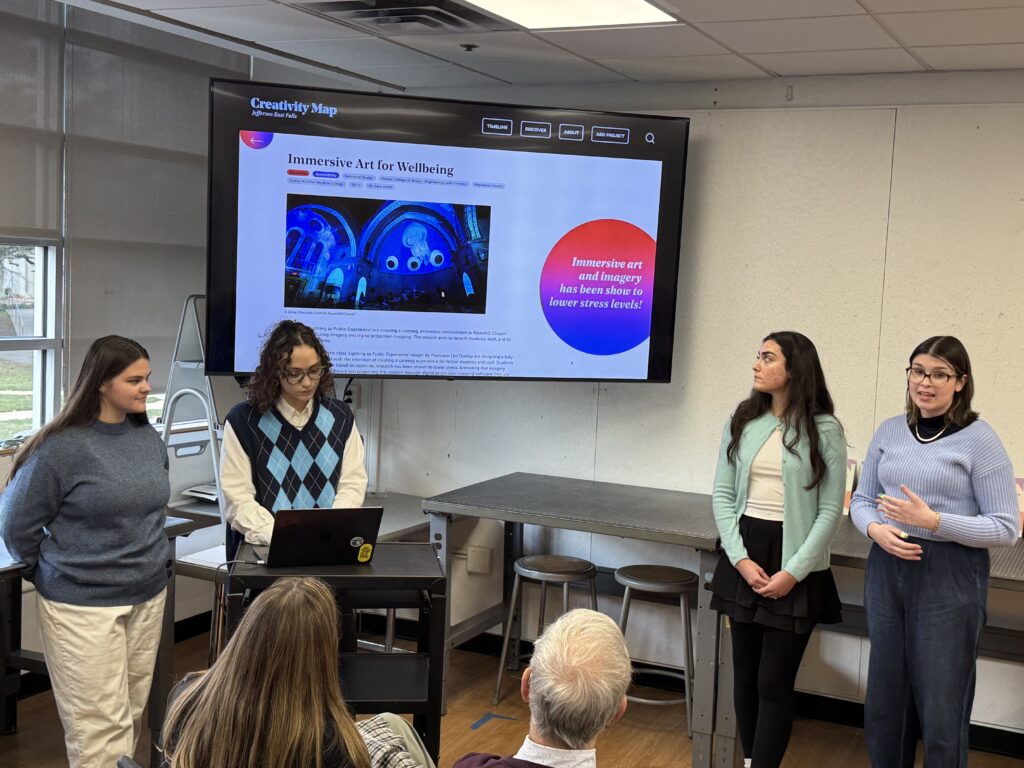
Taking a very different track, the team of Riley Gallagher, Joelle Klouda, Olivia Kriley, and Maddy Podolnick (Team 2) created an augmented reality (AR) mobile application with “Phil the Ram” as a virtual campus tour guide. Inspired by the popular mobile game, Pokémon Go, the team embraced a whimsical, colorful aesthetic. This AR experience features a personalized quiz that tailors tour experiences to individual interests, QR code scanning that triggers AR interactions, and a reward system. Users give responses to questions about their interests and receive personalized routes that highlight relevant creative projects on campus. Users get a small item or accessory to personalize their avatar when they collect a project. The team also used a symbol system to mark various fields, with a range of shapes to enhance the playful tone of their map. These symbols can be seen on the app and in the physical project cards that users can collect at the project location.
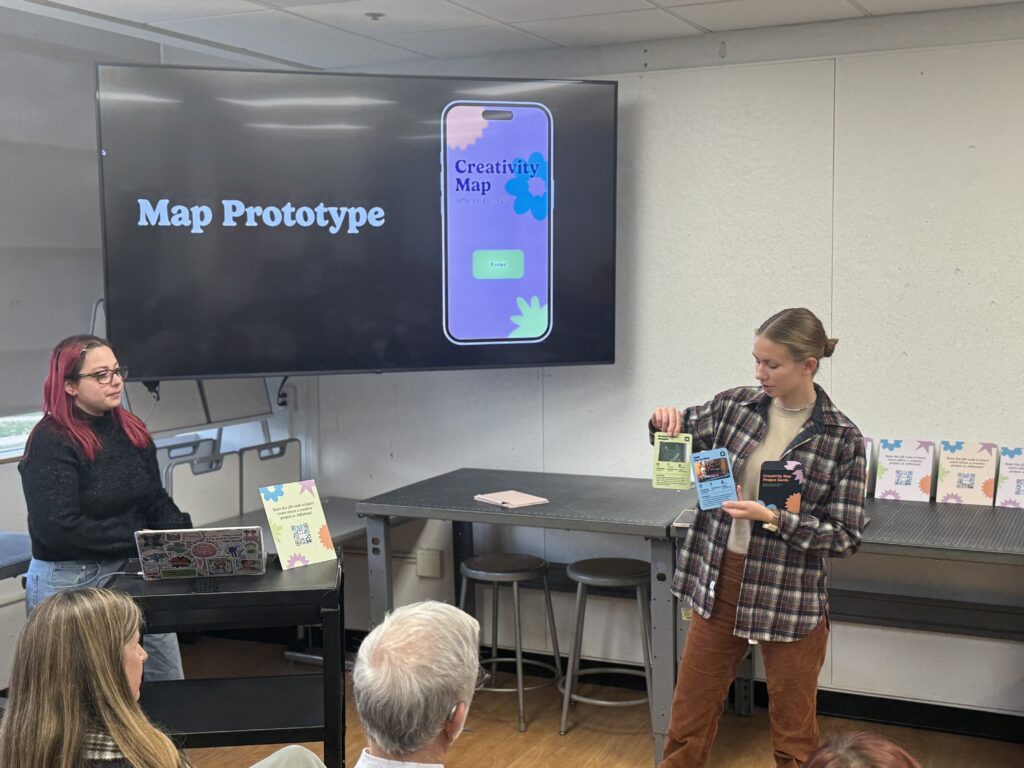
Both teams overcame significant challenges in accomplishing their projects. Team 1 explored categorizing projects and defining the use of color in their system. They ultimately decided to organize these goals by color to emphasize the projects’ interdisciplinary nature.
“One of the biggest challenges we had was trying to figure out how to categorize all the different types of creativity in a way that was also representative of all the different majors and didn’t emphasize any programs over other ones. Our first thought was to think about the end goal of the creativity. We came up with these different categories: Sustainability, Accessibility, Social Equity, Representation, Education, Inclusion, Technical Innovation, Material Innovation, and Exploration. However, these weren’t our first attempts at categories; we had to refine multiple times to get there.”
—Annika Zitto, Visual Communication Design major

Team 2 initially worked to identify their target market before discovering that their guide-based system would best assist prospective students coming to Jefferson. They employed physical project cards that leave users with tangible reminders of the Jefferson experience. With this, they hoped to create long-lasting, memorable experiences for users. Team 2 also overcame a steep learning curve for new AR technologies presented by guest speaker, Professor Mark Shufflebottom. This required much trial and error to create compelling augmented reality experiences.
“Working with AR for the creativity map was a steep learning curve for me. Our class had a guest speaker introduce the technology to us, but other than that, I had no prior experience working with AR. Often, as with learning anything new, using the software was frustrating in the beginning. But the more I pushed myself to keep going and try different things to solve the problems I had, the better I got at it. Because I didn’t give up, the rewarding end-result was an interactive AR experience that created a new layer of depth to our creativity map and a new set of skills that I wouldn’t have gained otherwise.”
—Olivia Kriley, Visual Communication Design major
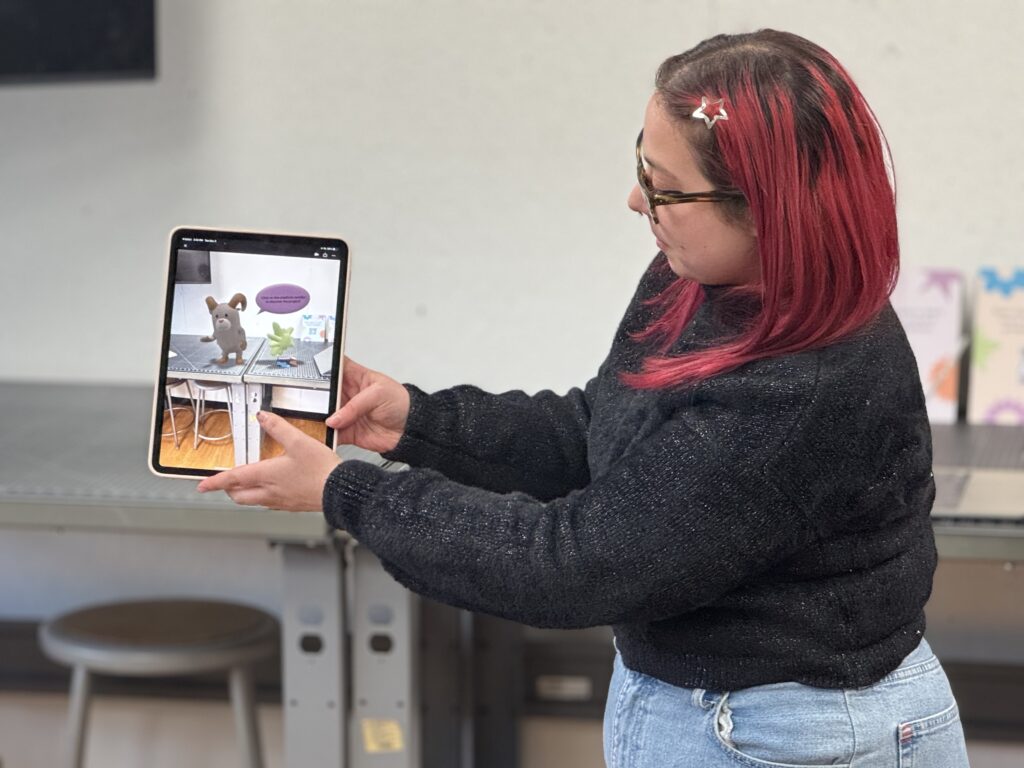
Both groups envision expansions to their projects in the future. Team 1 plans to implement community-based project collection and hopefully proceed to complete web development. Team 2 plans to expand their map to include more sites, potentially to Jefferson’s Center City campus. They also plan to personalize further through an expanded quiz system, allowing students to interact with more diverse creative projects. While they diverged, both groups have created valuable tools for displaying Jefferson’s creativity. The website offers an accessible, information-rich platform for exploring the full spectrum of creative output at Jefferson. Meanwhile, the AR experience provides prospective students a dynamic, immersive introduction to campus creativity. Together, they demonstrate the value of multiple approaches to mapping creativity and point toward exciting possibilities for documenting and celebrating creativity at Jefferson in the future.


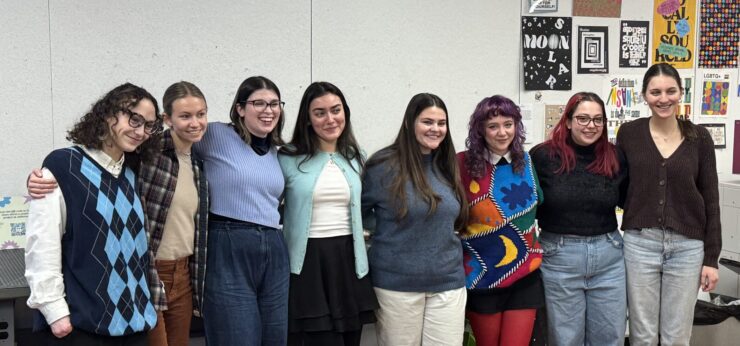
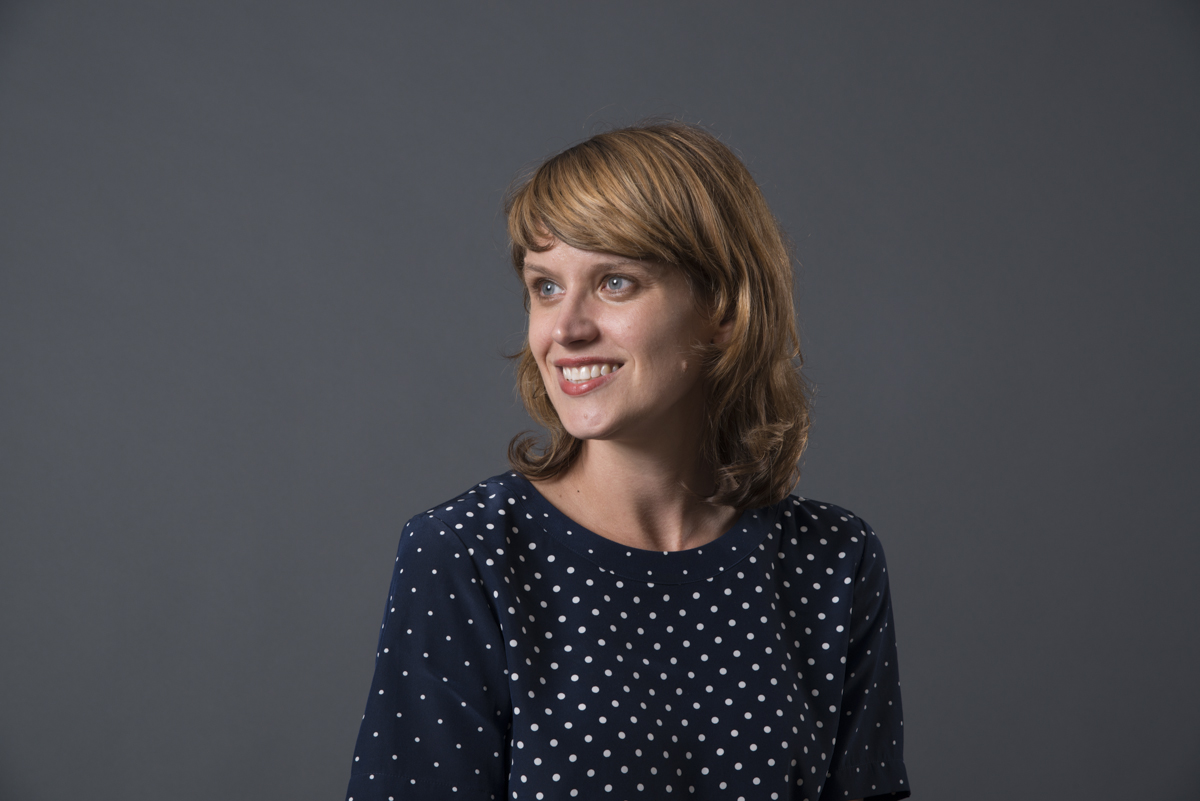
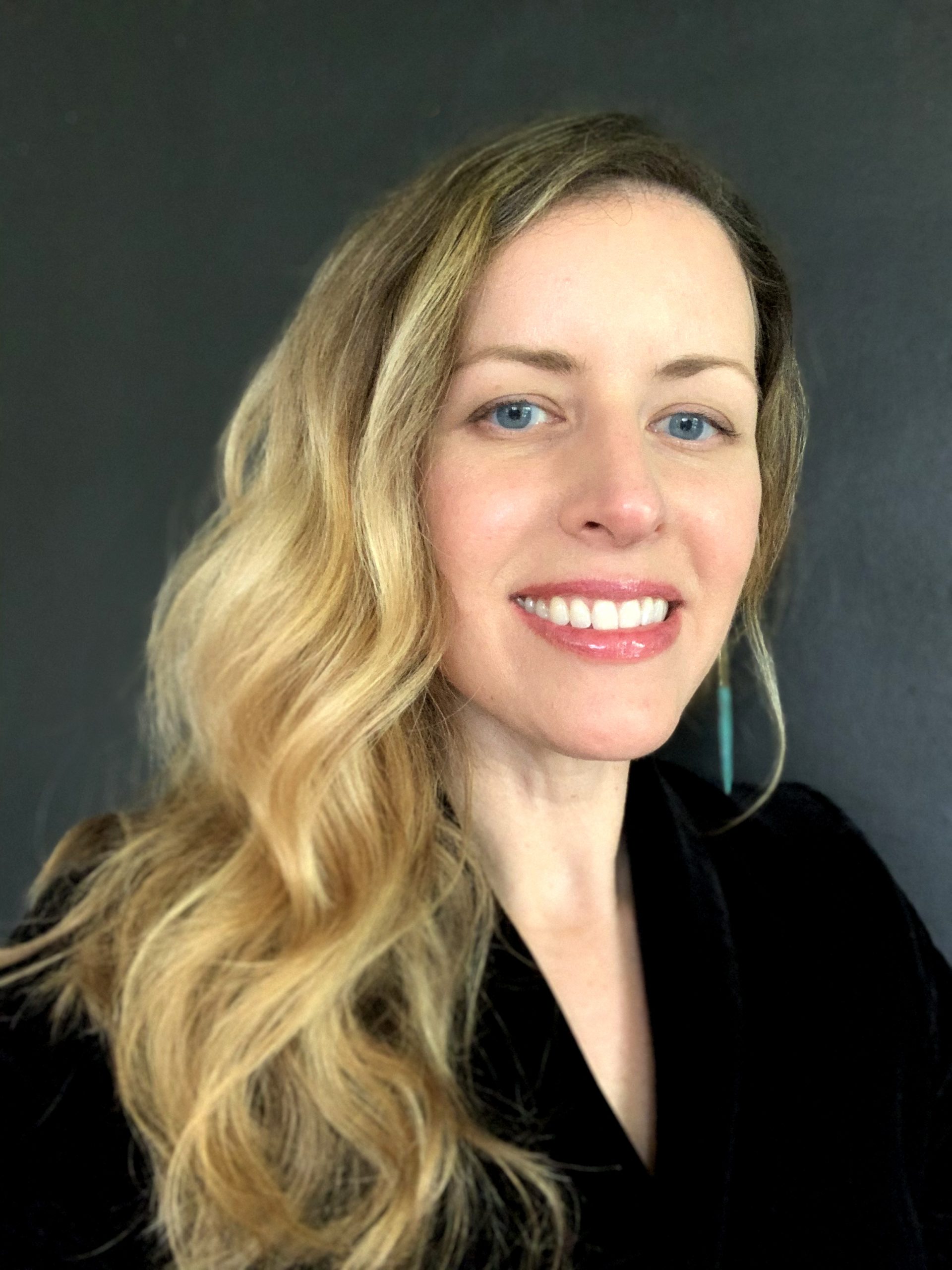
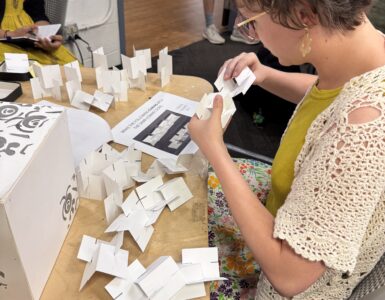
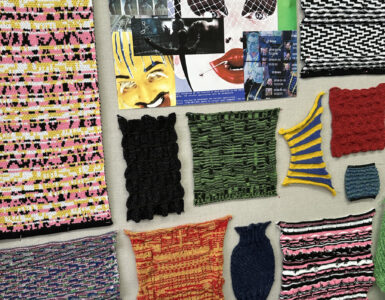
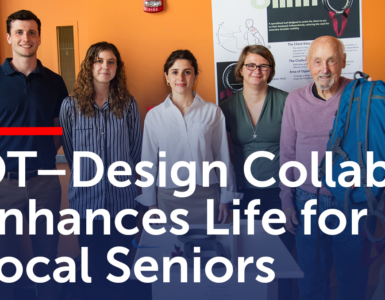

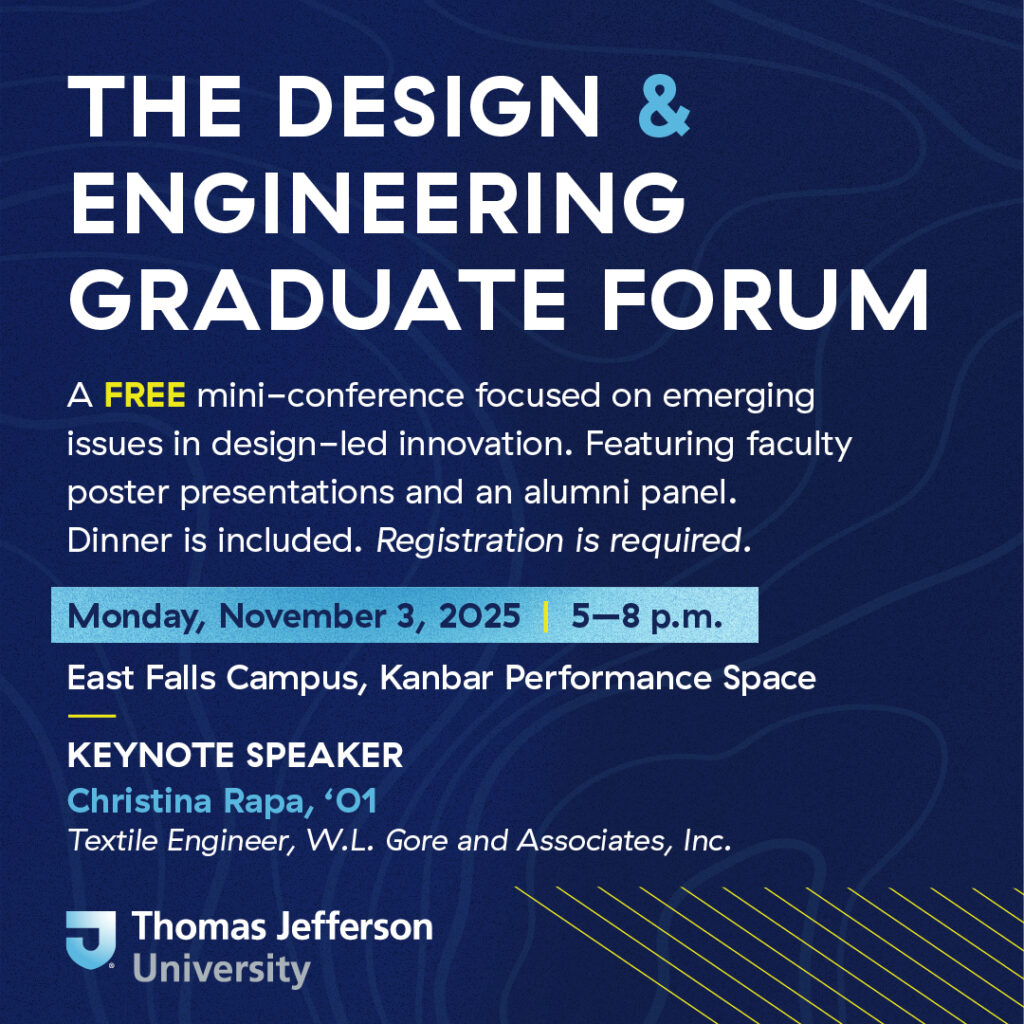
Add comment